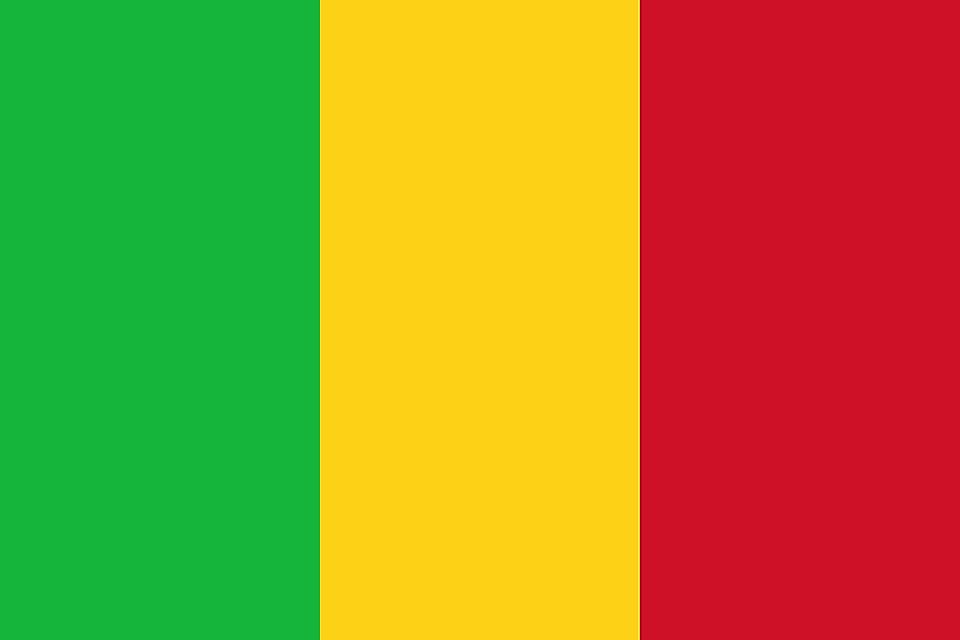What Type Of Government Does Mali Have?

The Empire of Mali thrived in the 14th and 15th centuries in the middle and upper Niger. The Songhai Empire subsequently rose to dominance around the 15th century and facilitated the growth of such centers as Djenne and Timbuktu. Moroccans then occupied the region followed by the French. The Mali Federation came into being with the incorporation of Senegal in 1958, but Senegal withdrew in 1960 leaving an independent Mali. Mali's political landscape has been rocked by coups and uprisings, and it has had to enlist the help of French troops.
Executive Branch Of The Government Of Mali
Mali's 1992 Constitution bestows the roles of the chief of state on the president. The citizens of Mali head to the polls after five years to choose a candidate for the presidency. The selected chief of state can only occupy the post for two terms, and executes the required responsibilities as chief of Mali's armed forces. The President of Mali possesses the mandate to select a prime minister who is recognized as head of government. The President also officiates as chair of the Council of Ministers which brings together the Prime Minister in addition to 27 ministers. The Council of Ministers is authorized to manage government operations.
Legislative Branch Of The Government Of Mali
Mali's legislative institution is unicameral, and it has 147 deputies. Deputies are expected to acquire an absolute majority of votes after participating in elections in single-member districts via a two-round voting system. In Mali's 2013 elections, the Rally for Mali managed to garner 66 seats while the Alliance for Democracy in Mali acquired 44 seats. Only 8.8% of the total deputies are female. The National Assembly approved a 2015 law stipulating that women should total up to a minimum of 30% of appointed or chosen officials. The Assembly congregates in Bamako for two annual sessions. Any of the deputies can propose legislation as well as the government. The Assembly retains the authority to question a minister on matters concerning government policies and actions. The Constitution of Mali criminalizes parties formed on regional, ethnic, gender or religious lines.
Judicial Branch Of The Government Of Mali
The legal system in Mali features elements from French customary and civil law. The Supreme Court began operating in Bamako in 1969, and it enjoys administrative and judicial authority. 19 members are nominated to serve on the Supreme Court for five years. The Court of Appeal also sits in Bamako. Mali has courts for labor cases, two magistrate courts of the first instance, as well as a special court of state security. A detached constitution court in addition to a high court of justice try those superior government officials blamed for treason. Mali's President is the recognized chair of the Superior Judicial which is tasked with overseeing judicial activity. The Ministry of Justice in Mali supervises law enforcement in addition to appointing judges. The judicial system of Mali is however crippled by case backlog.
Administrative Divisions Of Mali
Mali's territory features eight regions named Sikasso, Gao, Kidal, Tombouctou, Mopti, Kayes, Ségou, and Koulikoro. Bamako is governed as a capital district, and elected governors undertake the regions' governance. Each region has its territory subdivided into five to nine districts under the authority of Prefects. The districts, also called Cercles, feature communes further subdivided into quarters or villages.











